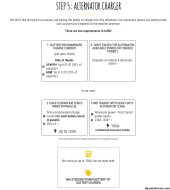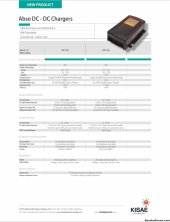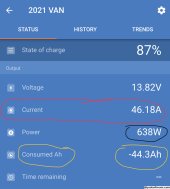Traveler2017
New Member
- Joined
- Aug 29, 2022
- Messages
- 14
We have 780 watts of solar on our motorhome with 150 amp epever SCC & 4000 watt inverter. We are going to replace the two SLA batteries with one 280 Ah LifePo4 lithium battery. We have a 115 amp alternator (as per Ford dealer based on VIN #). We want to go with a Victron DC/DC charger between the alternator and the lithium battery, but unsure as to what would be the optimum amp charger. We want to be able to charge the battery while we are traveling without frying the alternator. This would be more of a trickle/top off charge rather than charging from a depleted battery.







